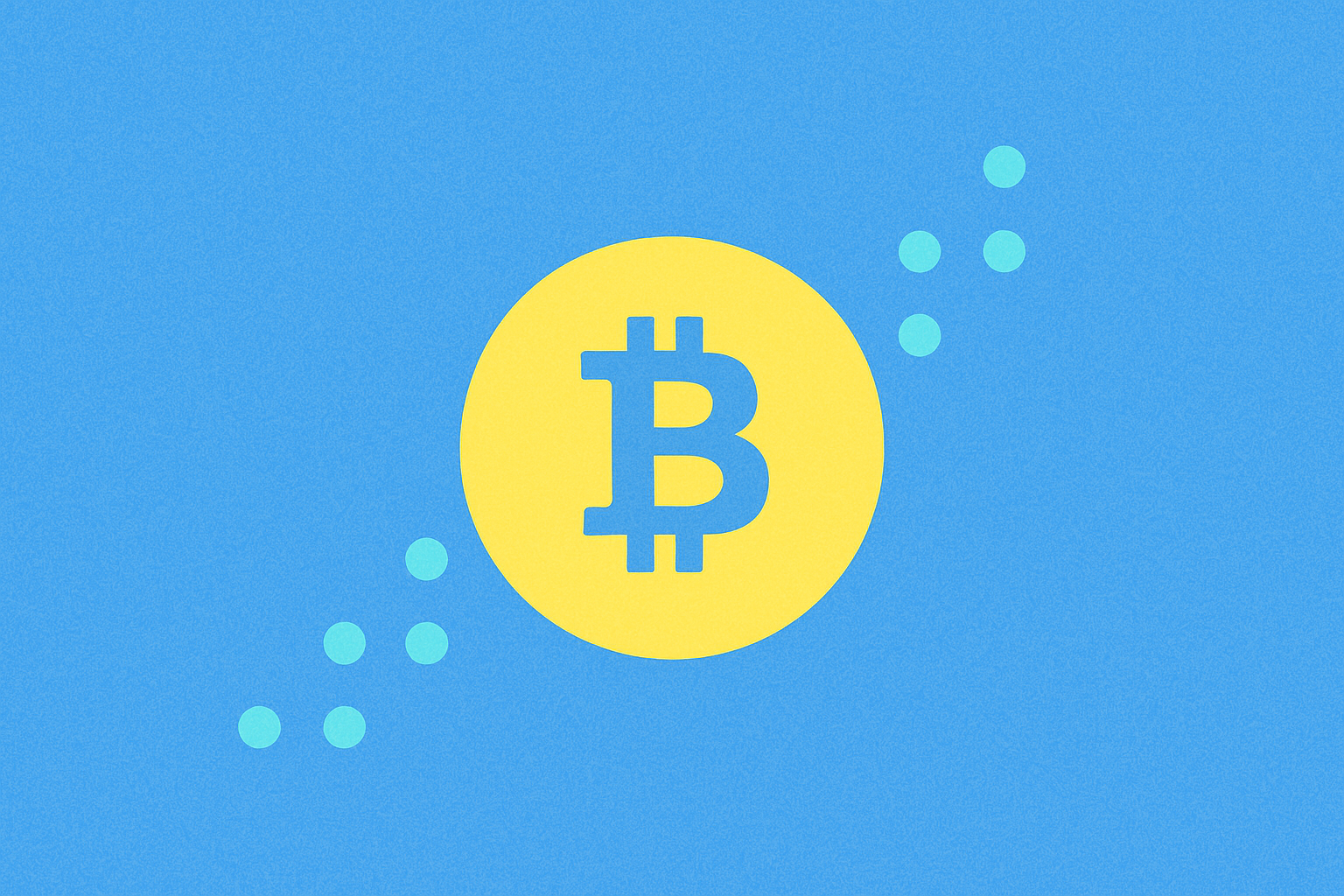Altın fiyatları ons başına 4.325 $ ile rekor seviyeye ulaştı.


Altın, eşi benzeri görülmemiş zirvelere yükseldi: Bu ralliyi ne tetikliyor?
Altın piyasası önemli bir büyüme yaşadı ve fiyatlar 16 Ekim 2025'te ons başına 4,325 $'lık tarihi bir zirveye ulaştı. Altın fiyatları için bu eşi benzeri görülmemiş rekor, küresel finansal piyasalarda dalgalanmalar yaratarak yatırımcılar ve analistlerin dikkatini çekti. Bu değerli metalin hızlı yükselişi, ekonomik belirsizlik, jeopolitik gerginlikler ve yatırım paradigmalarında meydana gelen değişikliklerin mükemmel bir fırtınası tarafından yönlendirilmektedir. Altın fiyatlarının analizi ilerledikçe, bu artışın yalnızca geçici bir olgu olmadığı, aksine küresel ekonomik manzarada daha derin, sistemik değişimlerin bir yansıması olduğu açıktır.
Ekonomik belirsizlik altını 4325 dolara yükseltiyor
Altın fiyatlarının mevcut yüksek seviyesinin, değerli metallerin büyümesi için verimli bir zemin yaratan çeşitli ekonomik faktörlerin birleşimine atfedilebileceği söylenebilir. Bu artışın merkezinde, Federal Reserve'in faiz indirimleri beklentisi yatmakta olup, bu durum, altın gibi getiri sağlamayan varlıklara olan ilgiyi artırmıştır. Uzun süreli düşük faiz oranları ve devam eden enflasyonist baskılar, geleneksel fiat para birimlerine olan güveni sarsmış ve yatırımcıları, zamanla test edilmiş bir güvenli liman varlığı olan altına yönlendirmiştir. Para politikası beklentilerindeki bu değişim, 2023'te altın pazarındaki son trendlerin önemli bir tetikleyicisi olup, mevcut fiyatların patlayıcı büyümesi için zemin hazırlamaktadır.
Ayrıca, küresel ticaret dengesizlikleri ve artan ulusal borçların neden olduğu ekonomik belirsizlik, altının güvenli bir liman varlığı olarak cazibesini daha da artırmıştır. Bu çalkantılı zamanlarda, altının performansı, daha dalgalı yatırım seçeneklerine kıyasla güvenilir bir değer saklama aracı olarak konumunu pekiştirmiştir. Altın fiyatını etkileyen faktörler arasında, dünya genelindeki merkez bankalarının genişletici para politikaları benimsemesi bağlamında, başlıca para birimlerinin değer kaybı bulunmaktadır. Bu para birimi devalüasyonu, altını uluslararası alıcılar için daha çekici hale getirmekle kalmaz, aynı zamanda göreceli olarak değerini artırır.
Jeopolitik Gerilimler: Altın'ın Rekor Yükselişinin Katalizörü
Ekonomik faktörler temeli oluştururken, artan jeopolitik gerilimler altının rekor yükselişi için doğrudan bir katalizör haline geldi. ABD-Çin gerilimlerinin yoğunlaşması belirsiz bir iklim yarattı ve yatırımcıları güvenli liman varlıklarına yönlendirdi. Bu jeopolitik baskıların etkisi yalnızca söylemle sınırlı kalmayıp, küresel ticaret dinamiklerini, teknolojik rekabeti ve stratejik kaynakların tahsisini de etkiliyor. Ülkeler bu karmaşık sorunları çözme çabası içinde, altın piyasası uluslararası kaygıların bir barometresi haline geldi ve her diplomatik çatışma fiyatların yükselmesine neden oldu.
Jeopolitik manzara, bölgesel çatışmalar ve küresel güç yapıların yeniden şekillenmesiyle daha da karmaşık hale geliyor. Bu gelişmeler, krizlere karşı bir korunma aracı olarak altına olan talebi artırmakla kalmayıp, ülkelerin rezervlerini dolar cinsinden varlıklardan uzaklaştırmaya çalışırken merkez bankalarının artan alımlarına da yol açtı. Özellikle gelişmekte olan ekonomilerde merkez bankaları stratejik olarak altın biriktiriyor, bu da altın fiyatlarını etkileyen faktörlere yeni bir boyut ekliyor ve mevcut yukarı yönlü eğilimi destekleyen sürdürülebilir bir talep yaratıyor.
Kripto Para ve Altın: Fiyat Artışlarının Yatırım Stratejilerini Nasıl Şekillendirdiği
Altın'ın rekor performansı, kaçınılmaz olarak diğer alternatif yatırımlarla, özellikle de kripto paralarla karşılaştırmalara yol açtı. Altın fiyatları, yatırımcıların altının olağanüstü performansı ışığında portföy tahsisatlarını yeniden değerlendirmesi nedeniyle kripto piyasası üzerinde önemli bir etkiye sahiptir. Hem altın hem de kripto paralar enflasyona ve ekonomik istikrarsızlığa karşı korunma araçları olarak öne çıkarken, son dönem trendleri farklılaşmış durumda ve bu da modern yatırım stratejilerindeki rollerinin yeniden değerlendirilmesine yol açmıştır.
Altın ve büyük kripto paraların karşılaştırmalı performansını ve özelliklerini göstermek için lütfen aşağıdaki verileri dikkate alınız:
| Varlıklar | Yılın başından beri dönüş | Volatilite (30 gün) | Piyasa Değeri (Trilyon USD) |
|---|---|---|---|
| altın | 58.27% | %12,5 | 30.2 |
| Bitcoin | %42,3 | %28,7 | 1.8 |
| Ethereum | %35.1 | %32.1 | 0.5 |
Bu veriler, dijital varlıkların ekonomik belirsizliklere karşı daha üstün bir seçim olduğu görüşünü sorgulayarak, altının en ünlü kripto paralara kıyasla güçlü performansını vurgulamaktadır. Altının düşük volatilitesi ve önemli ölçüde daha büyük piyasa değeri, çeşitlendirilmiş bir yatırım portföyüne dahil edilmesi için ikna edici bir argüman sunmaktadır.
Mevcut altın fiyatı analizi, kripto paraların daha yüksek getiri vaadinde bulunmasına rağmen, bunların önemli ölçüde daha yüksek riskler taşıdığını göstermektedir. Bu durum, birçok yatırımcının portföylerinde istikrarlı bir güç olarak altın tahsisatlarını artırmasıyla altın yatırım stratejilerinin yeniden gözden geçirilmesine yol açmıştır. Bu eğilim, altının likiditesi, şeffaflığı ve olgun düzenleyici çerçevesine ilgi duyan kurumsal yatırımcılar arasında özellikle belirgindir.
Yatırım ortamı gelişmeye devam ederken,Gate gibi platformlarYatırımcılara geleneksel varlıklara ve dijital varlıklara erişim sağlama konusunda giderek daha önemli bir rol oynamaktadır. Altın destekli menkul kıymetler ve kripto paraları tek bir platformda ticaretini yapabilme yeteneği, yatırımcılara yatırım stratejilerini uygulama konusunda eşi görülmemiş bir esneklik sunmakta, böylece piyasa koşullarına göre portföylerini dinamik bir şekilde ayarlamalarına olanak tanımaktadır.
Sonuç
Altın fiyatı ons başına 4,325 $'a fırladı ve bu değerli metalin değer saklama olarak uzun tarihindeki önemli bir dönüm noktasını işaret ediyor. Bu artış, ekonomik kargaşa, jeopolitik gerginlikler ve yatırım paradigmasındaki değişimlerin karmaşık etkileşimiyle destekleniyor ve belirsiz zamanlarda altının kalıcı cazibesini vurguluyor. Yatırımcılar hızla değişen bir finansal ortamda zorluklarla başa çıkarken, portföylerde altının rolü yoğun bir inceleme ve tartışma konusu olmaya devam edebilir.

Bitcoin Fiyatı Birleşik Krallık'ta: 2025 için Piyasa Trendleri ve Yatırım Stratejileri

2025’te Makroekonomik Dalgalanmanın Kripto Fiyatları Üzerindeki Etkisi Nedir?

Tarihi Altın Yükselişi: Ons Başına 4,325 Dolar Eşiği Küresel Servet Manzarasını Yeniden Tanımlıyor

Kripto para varlıkları ile fon akışları piyasa duyarlılığını nasıl etkiler?

MicroStrategy: Oyunu Değiştiren Bitcoin Hazine Şirketi

AIXBT fiyatı, Federal Reserve politika değişikliklerine nasıl tepki gösteriyor?

Dropee Günlük Kombinasyonu 12 Aralık 2025

Tomarket Günlük Kombinasyonu 12 Aralık 2025

SEI Airdrop Ödülleri’ne Katılım ve Talep Etme Kılavuzu

Kripto para birimlerinde algoritmik alım satım için etkili stratejiler

Stock-to-Flow Model ile Bitcoin'in Değerlemesini Anlamak





